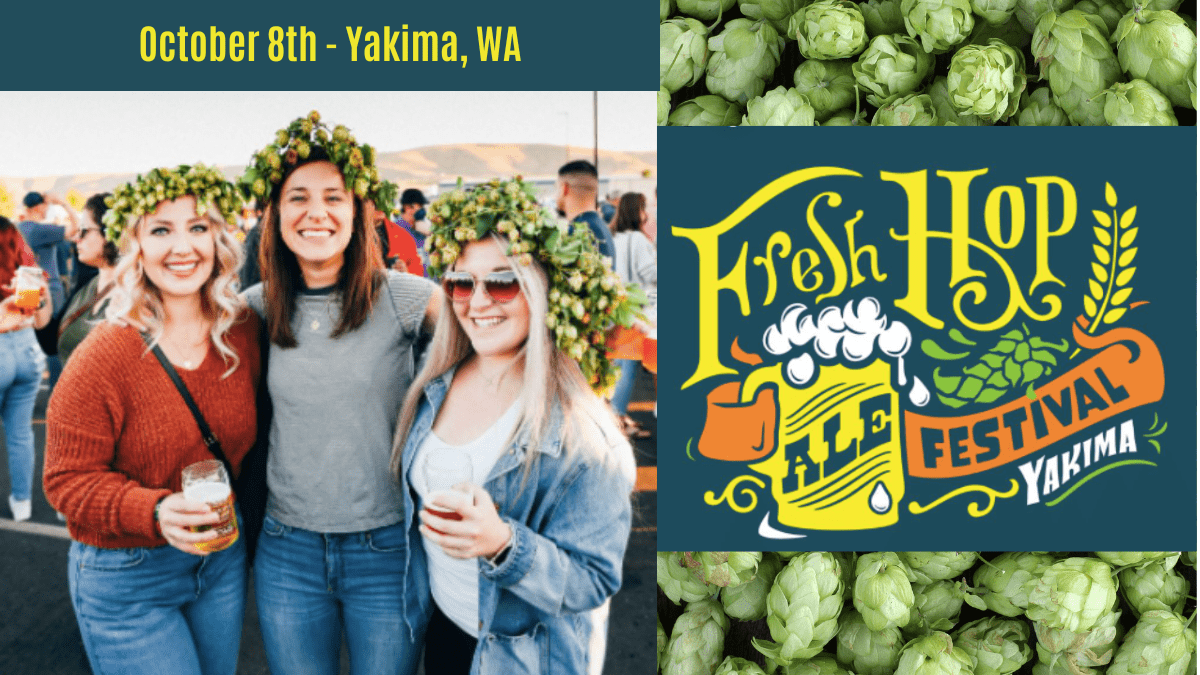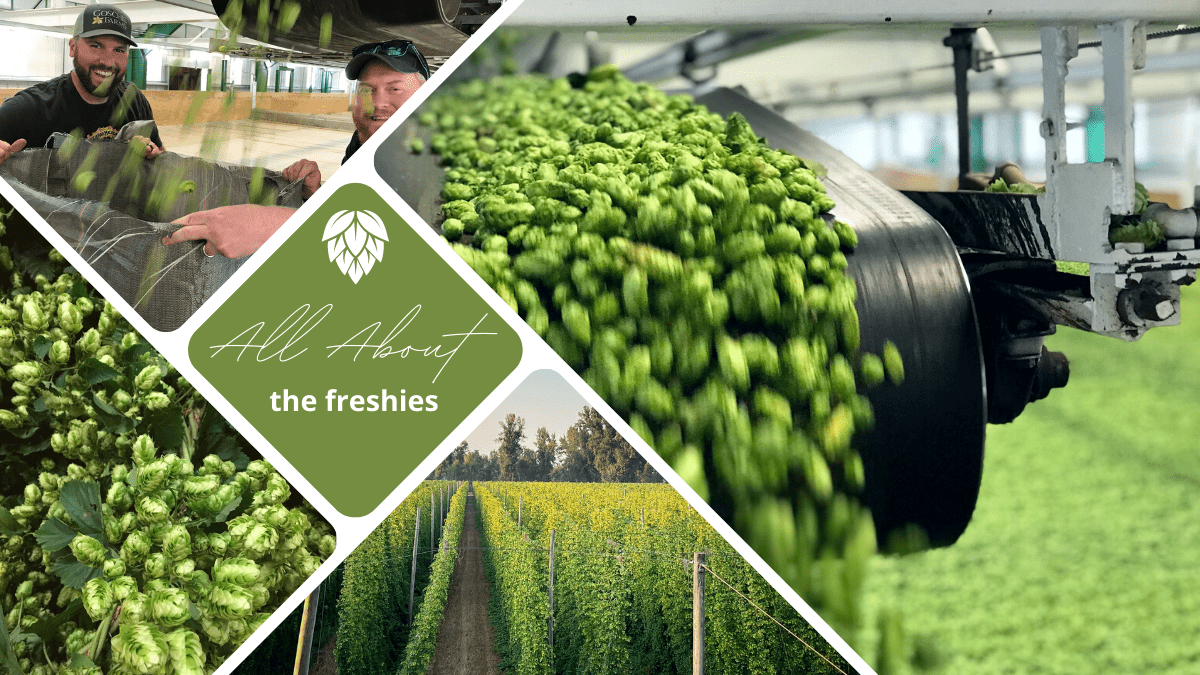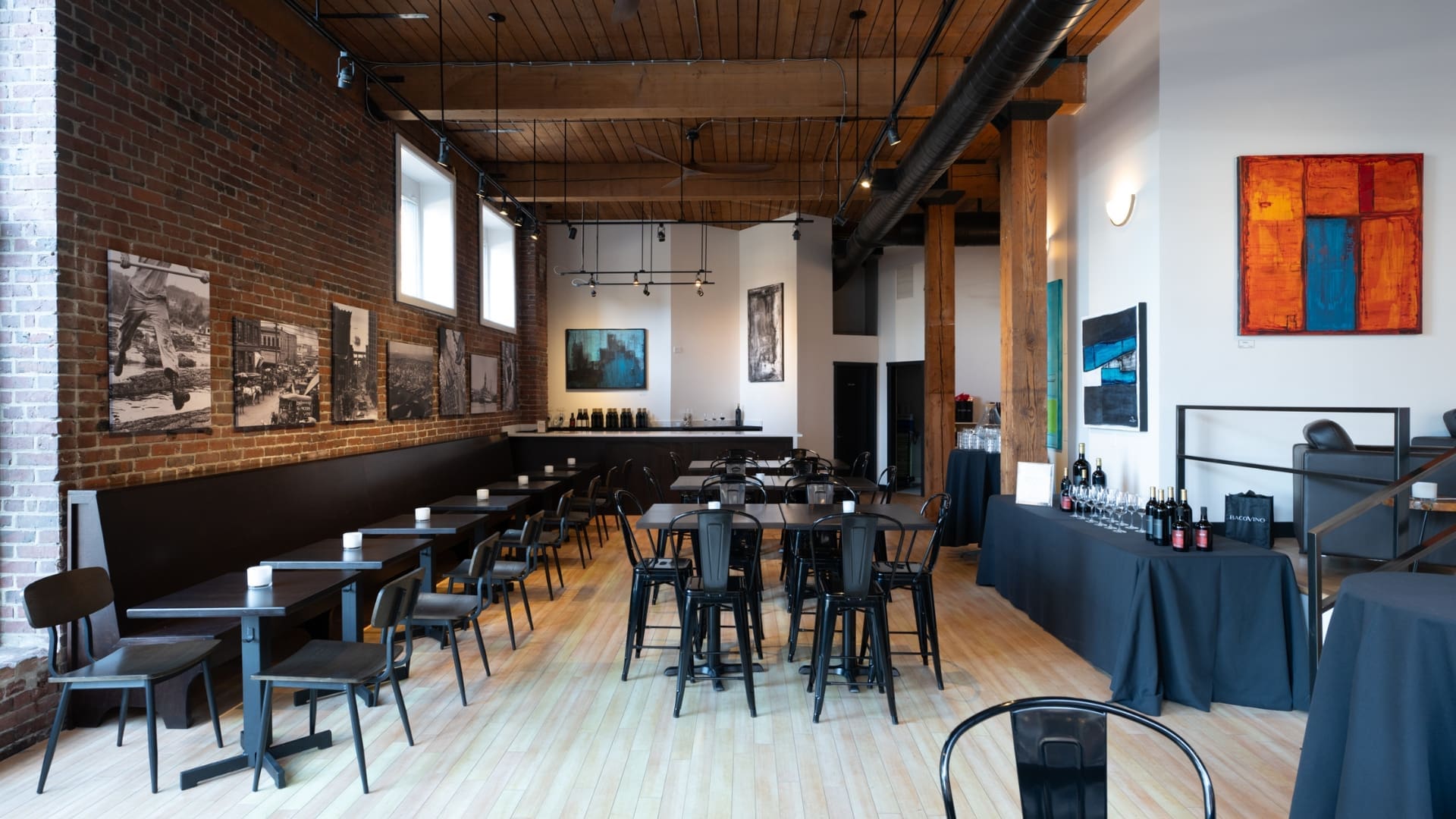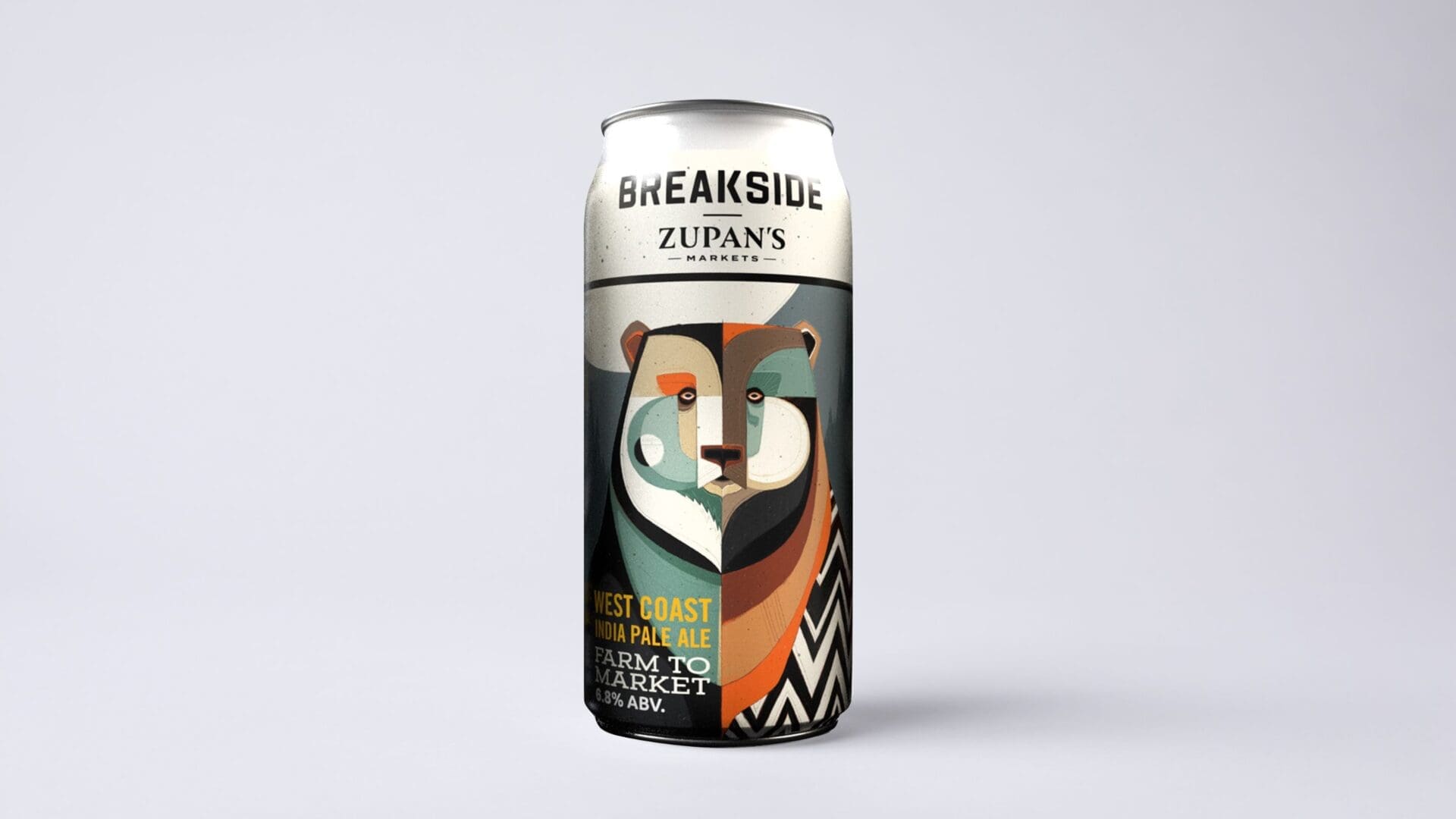From mid-August throughout September, farmers and their crews in Willamette Valley, Oregon, and Yakima Valley, Washington, work around the clock to harvest hops. The majority of these fresh, aromatic flowers head to a drying room to be dried and processed, then shipped to brewers around the world.
However, a portion of these fresh hops go downstairs where they remain wet and are bagged for brewers from the surrounding area to toss in their trucks, cars and minivans for the race back to the brewery to create fresh hop beer. It’s a fall delicacy that flows from local taps from late August through October in the Pacific Northwest.
One of these brewers is Paul Thurston of Fortside Brewing Company in Vancouver, Washington. This year Thurston made four trips to Goschie Farms in Silverton, Oregon, to gather fresh hops for his two fresh hop beers — Orange Whip, a New England hazy IPA with fresh Centennial hops; and Fresh Cut, a triple–fresh hopped New England hazy IPA with Strata, Willamette and Cascade hops.

Images of Fortside Brewing
Fresh hops harvest arrives once a year in this region. Transporting wet flowers from the farm to the brewery as quickly as possible is crucial. The flavors and aromas quickly change, from ripe cantaloupe and fresh squeezed lemons, to vegetal notes like rotting cabbage.
Harvesting hops at just the right time is also essential. Thurston met Gayle Goschie, vice president of Goschie Farms, nine years ago when he was the brewer at Base Camp Brewing Company in Portland. He used a lot of Goschie Farms’ hops — and he was thrilled to make a trip to the source. “One thing I really like about her is that she does a lot of ecological work on her farm,” says Thurston. “Goschie Farms was the first certified salmon safe farm in Oregon. This goes beyond organic, it looks at the environmental impact downstream and salmon are a good indicator.”
Goschie, a fourth generation hop farmer in the Willamette Valley, knows how to get the most out of hops by careful growing and harvesting. Coaxing exceptional flavor and aromas from these terpene-oil filled flowers requires attention. Like wine grapes, they need to be picked at their peak to give desired bitterness, aroma and flavor to the resulting fermented beverage.
For his Fresh Cut IPA, Thurston emailed Goschie at the end of July to get approximate dates for the expected harvest. “It’s a loose schedule, but it always changes so you need to be nimble,” he says. For this particular beer, he told her which varietals he wanted to use: Strata, Willamette and Cascade. This doesn’t always happen. In many cases, brewers just take whatever is available at the time they need their hops.
The hop harvest is hectic for hop farms like Goschie Farms. Crews work 24 hours a day, 7 days a week, for 3 to 5 weeks to make sure that hundreds of acres of hops are picked at just the right time. Deciding when to harvest depends on the variety. Some must be picked within 5 to 7 days of blooming. Gayle Goschie doesn’t have time to chit chat during the harvest. She sends brewers like Thurston emails to let them know their hops are ready. Her team fills bags of the wet flowers and sets them aside for the brewer’s arrival.
Last year, Thurston used two different hops for his Fresh Cut fresh hop beer. This year he decided to use three different hops, each harvested a week apart. He started the brew day by going to Goschie Farms, picking up Strata hops, and adding them to the brew. A week later he picked up Willamette hops and then quickly put them in the fermenter. Then, the following week, he picked up Cascade hops and added them to the conditioning tank.
The challenge to create the beer he envisioned wasn’t just driving back and forth 40 miles to the farm, but also checking on the beer regularly, sometimes hourly. “You can’t let beer sit on the hops on the dry side too long because it gets vegetal,” says Thurston. As soon as the beer takes on the desirable traits of the hops, it must be transferred immediately.
Gayle Goschie feels lucky to have taken over the family farm with her brothers, Gordon and Glenn Goschie, during the ascent of craft brewing in the Pacific Northwest. “For my grandparents and parents, it was basically a commodity. Those generations weren’t paying attention to aroma. It was a much simpler time,” she said.
Despite the added complications, she enjoys the rush of the harvest, the challenge of harvesting hops at their peak, and working directly with brewers who have a common love for this temperamental but exquisite crop.
“This is a unique business because growers and brewers have a shared passion,” Gayle Goschie says. “Do accountants have this much fun going over spreadsheets?”









